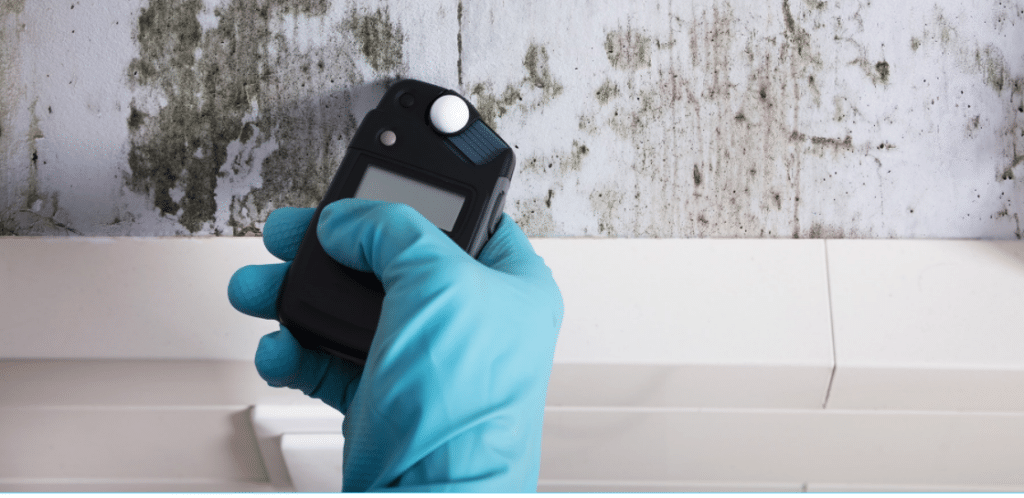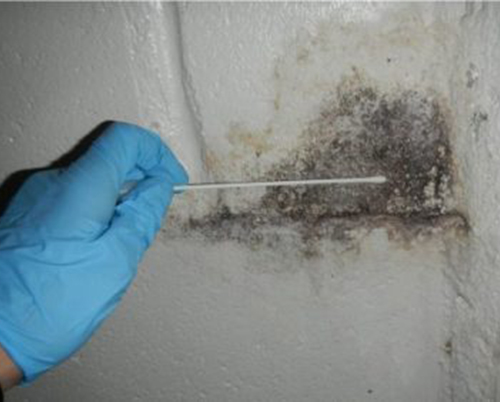Your Ultimate Guide to Post Mold Remediation Techniques
In the aftermath of mold problem, knowing just how to efficiently eradicate the mold and mildew and stop its reoccurrence is paramount for preserving a healthy interior atmosphere. From choosing the ideal cleansing and disinfecting approaches to carrying out approaches for long-term mold prevention, each action in the remediation journey plays a critical duty in making sure an effective end result.
Understanding Post-Mold Removal Refine
After completing the mold and mildew remediation procedure, it is vital to understand the post-mold removal techniques that are essential to make sure a comprehensive and efficient cleanup. When the mold has actually been removed, the next action includes cleaning and decontaminating the affected locations to stop any kind of regrowth of mold and mildew.
Additionally, performing a last examination post-remediation is important to guarantee that all mold and mildew has actually been effectively eradicated. This inspection must involve an extensive visual check along with perhaps air tasting to verify the absence of mold spores airborne. Extra removal might be essential if the evaluation exposes any lingering mold and mildew. Last but not least, informing residents on safety nets such as managing wetness degrees and immediately attending to any type of water leakages can aid maintain a mold-free setting.
Reliable Cleaning and Decontaminating Techniques

Stopping Future Mold Growth

Relevance of Appropriate Air Flow
Appropriate air flow plays an important function in preventing wetness build-up, a crucial consider mold growth within interior environments. Effective ventilation systems assist get rid of excess moisture from the air, decreasing the chances of mold and mildew spores finding the dampness they require to sprout and spread. Without sufficient ventilation, indoor rooms can become a breeding place for mold, resulting in prospective health threats and structural damage.
By ensuring correct air circulation, air flow systems can likewise help in drying moist areas more quickly after water damage or flooding incidents, better preventing mold and mildew growth. Post remediation mold testing near me. Precede like washrooms, basements, attic rooms, and kitchens where dampness degrees have a tendency to be higher, mounting and preserving effective air flow systems is important in stopping mold infestations

Tracking and Maintenance Tips
Given the important duty that appropriate ventilation plays in stopping mold and mildew growth, it is imperative to establish efficient tracking and upkeep ideas to ensure the ongoing performance of ventilation systems. Regular assessments of air flow systems must be carried out to inspect for any type of signs of obstructions, leaks, or malfunctions that could hinder appropriate air movement. Tracking moisture degrees within the home is likewise important, as high humidity can contribute to mold growth. Mounting a hygrometer can aid track moisture levels and sharp home owners straight from the source to any kind of spikes that may require interest. Additionally, making sure that air filters are routinely cleaned up or replaced is important for keeping the efficiency of the ventilation system. Implementing a schedule for regular upkeep tasks, such as air duct cleansing and cooling and heating system inspections, can aid protect against concerns before they rise. By remaining positive and attentive to the condition of ventilation systems, homeowner can efficiently minimize the threat of mold regrowth and maintain a healthy indoor atmosphere.
Conclusion
Finally, post-mold removal methods are necessary for guaranteeing a clean and risk-free environment. Comprehending the procedure, applying efficient cleansing and decontaminating methods, preventing future mold and mildew growth, preserving proper air flow, and routine tracking are all important actions in the remediation process. By following these standards, you can efficiently get rid of mold and mildew and prevent its return, functioning or promoting a healthy and balanced living space for all residents.
In the consequences of mold problem, knowing exactly how to successfully get rid of the mold and mildew and stop its reoccurrence is extremely important for keeping a healthy and balanced interior setting. As soon as the mold and mildew has been removed, the next step includes cleaning and sanitizing the affected areas to prevent any regrowth of mold and mildew - what to do after mold remediation. After eliminating visible mold growth, it is critical to clean all surfaces in the damaged location to eliminate any kind of remaining mold and mildew spores. To even more improve mold and mildew avoidance measures, it is essential to address underlying concerns that initially led to mold advancement.Offered the critical function that proper air flow plays in preventing mold and mildew development, it is crucial to develop reliable tracking and informative post upkeep ideas to ensure the continued performance of ventilation systems
Comments on “Reliable Post Mold Remediation Cleaning Protocols”